Indigenous Australia’s crushing cycle of tragedy
There’s a terrible sense of deja vu in the suicides of young indigenous Australians.
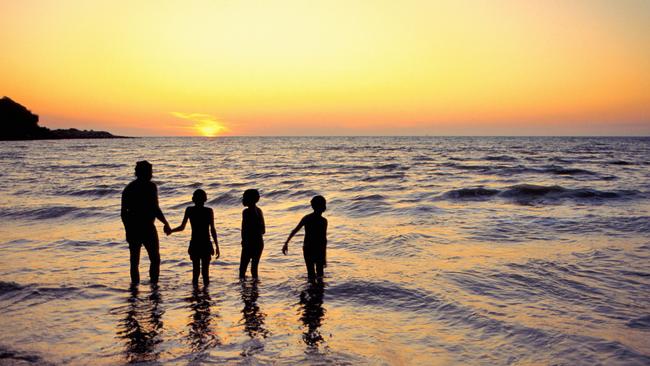
Few people know better than June Oscar about the hopes and fears of indigenous girls around Australia.
No other person has had 2500 conversations — all held between March and December last year — in which she asked what made them strong, and what challenges they faced.
In her first act as the first female Aboriginal and Torres Strait Islander social justice commissioner, Oscar initiated the National Women’s Voices project “for young girls and women to be heard”.
“I believed they might have solutions for their lived reality, not the policymakers or politicians,” she says. Everywhere she went, a beaming Oscar featured on social media surrounded by strong, purposeful young women who told her about their intimate connection to family, country, and kin.
But, Oscar tells The Australian, many raised the spectre of self-harm and suicide that was rupturing the lives of their family and friends.
“Some of the younger children talked of their relationships with other kids, how bullying was a big issue and social media pressure. They feel the immediate and intense pressure of bullying; it causes them to become engulfed by that experience. Because they are children, they don’t see a way out of it.”
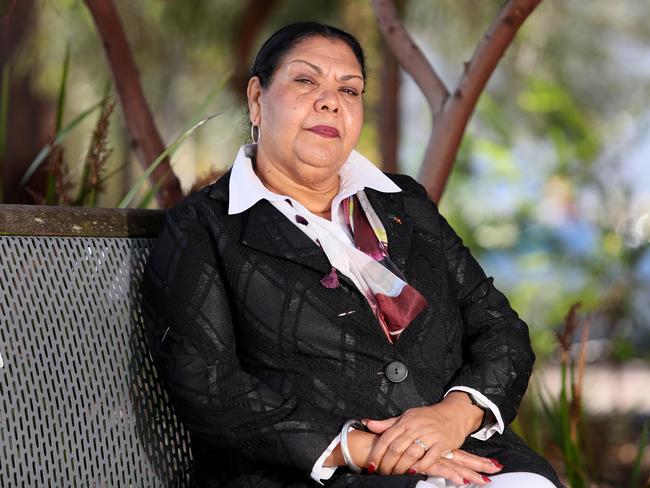
Oscar is a Bunuba woman from Fitzroy Crossing in the Kimberley, the northwest corner of Australia that has the unenviable reputation for one of the highest rates of indigenous suicide in the world.
“Every kid is vulnerable but suicide is too commonplace among indigenous kids,” she says.
Down in Perth, 1000km to the south, West Australian coroner Ros Fogliani is putting the finishing touches to her report on an inquest that required hundreds of conversations, often inside the Coroner’s Court but also in tiny Aboriginal outposts, about the suicides of 13 young Aboriginal people in the Kimberley within a 3½- year period up to March 2016.
Five of the deaths were children aged between 10 and 13; two of those were sisters.
Even before coroner Fogliani’s findings have even been released (possibly later this month), and over a period of less than a fortnight, there has been another cluster of suicides by three young Aboriginal girls in Western Australia, one of them — a 14-year-old — in the Kimberley.
Another two girls committed suicide in Queensland and South Australia. The Australian has also been told that in the same period two Aboriginal boys aged 11 and 12 attempted suicide in Perth and Brisbane, and are on life support.
It generates a crushing sense of deja vu, especially among reporters who have covered a cycle of tragic deaths and subsequent inquiries in Western Australia alone. In 2008, Fogliani’s predecessor as state coroner, Alistair Hope, held an inquest into 22 Kimberley suicides, all indigenous and some of them teenagers.
Again in 2008 he handed down a report into four suicides and one death that resulted from a “reckless disregard for self-preservation” in the coastal Kimberley community of Oombulgurri. In 2011, coroner Hope conducted another inquest into five Aboriginal suicides within 12 months in the remote desert community of Balgo. In 2014, The Australian reported that Peter Little, 11, nicknamed “Peter Rabbit” by his mother, had taken his life in the city of Geraldton. Nine months later, Peter’s mother took her own life. “She was always talking about Peter,” her partner said. “She couldn’t get him out of her mind.”
In 2016, three years after her 13-year-old sister committed suicide, a 10-year-old girl in the devoutly Christian inland town of Looma, southeast of Derby, took her life. That such a young person could commit such an act triggered Fogliani’s inquest, but it also prompted a WA parliamentary committee to examine youth suicides.
Essentially, the committee wondered why previous state and commonwealth inquiries and reports into suicide, abuse and family violence — 40 of them stretching back 20 years — had failed to prevent the senseless death of ever younger indigenous children by their own hand.
It concluded that many programs and services offered in the wake of 700 recommendations from one 2002 inquiry alone “have never been evaluated, so their effectiveness is unknown”.
“A glaring issue for us was that no one — no one organisation, no one agency — takes ownership nor leads the response to improve the wellbeing of Aboriginal people,” the committee noted, in a report ironically titled Learnings from the Message Stick.
“The committee could not identify who takes ultimate responsibility and is accountable for government action.”
The shock of Peter Little’s suicide, which had momentarily made national headlines, was summed up at the time by Warren Mundine, then chief indigenous adviser to Tony Abbott.
“I am a father and I just cannot get it through my head that at the age of eight or nine a child can’t see a future for themselves,” Mundine said. “ It’s unimaginable.”
More unimaginable is that the Australian Institute of Health and Welfare says indigenous children aged 14 and under are eight times more likely to die by suicide than non-indigenous children. And it reaches a stark conclusion: “Suicide is the leading cause of death for this age group among Aboriginal and Torres Strait Islander children.”
The latest deaths of five girls have led to a prediction that the over-representation of Aboriginal people under 17 taking their lives could rise from 30 per cent of youth suicides between 2012 and 2016 to as much as one in every two youth suicides.
Researcher Gerry Georgatos, head of the federal government’s indigenous critical response team, says poverty and lack of education are major factors in suicidal thinking among young indigenous Australians. Sexual predation has also been identified as a factor in one-third of all indigenous children who committed suicide. It is notable, says Georgatos, that the five child deaths were of girls.

As yet, nobody knows what led each of these children to take her own life. In the only case for which The Australian has managed to obtain some facts, reported today on our front page, Perth high school student Rochelle Pryor hinted at the triggers in a message to her friends on social media: “Once I’m gone, the bullying and the racism will stop.”
Indigenous psychologist and Curtin University adjunct professor Tracy Westerman, who grew up in WA’s mining town of Tom Price, has spent her career developing tests that identify Aboriginal youth at early stages of suicide risk and build evidence of what accounts for that risk.
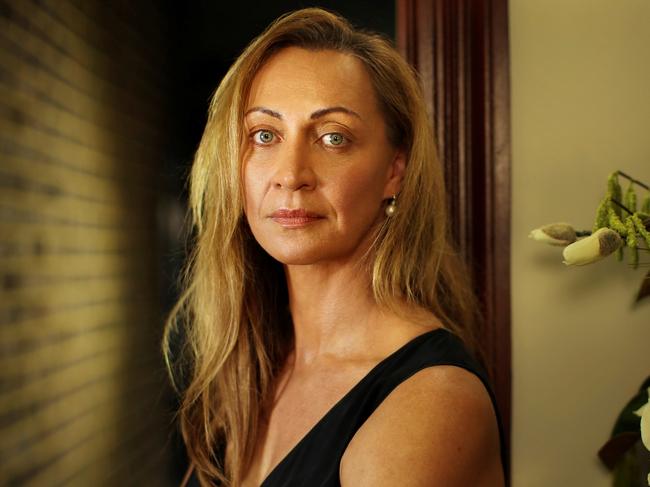
The unique tool — now used widely and recommended by the Canadian government for its indigenous peoples — emerged from her PhD research on 189 at-risk suicidal Aboriginal youth between 1998 and 2002.
Westerman self-funded a psychometric test for 13-17-year-olds after realising that a different set of risk factors might be at play among indigenous youth.
A high level of impulsivity was identified as a leading risk factor, such as a distressed youngster reacting badly to a breakup or a bullying sibling.
Other research has shown that 30 per cent of depression among Aboriginal people is related to racism.
Feelings of hopelessness have long been identified as the strongest predictor of suicide generally, says Westerman.
“For Aboriginal people this looks like a loss of hope for the future,” she says. “That’s why we’re getting it wrong. Get the risk factors wrong, and you get treatment and intervention wrong. It’s so important to get the evidence of difference right. We can then measure the reduction of risk factors and train services accordingly.”
Currently WA’s Australian of the Year, Westerman has donated $50,000 of her own funds to develop an Aboriginal psychology scholarship program, backed by Curtin and WA Governor Kim Beazley as patron. She will mentor indigenous psychologists to work in high-risk communities.
In part, the plan is Westerman’s response to an earlier coroner’s inquest that blamed a chronic lack of access to services in remote and regional Australia.
She says suicide prevention is a hugely complicated issue, “and even the most gifted clinicians can go to an Aboriginal community and struggle”.
“The clinical workers struggle culturally, while the cultural workers often struggle clinically,” she says.
“There are limited numbers of people capable of therapeutic intervention — social workers and psychologists would be lucky to have one hour of (indigenous) cultural training in their degrees. And then they are sent out to a place like the Kimberley.”
Westerman is adamant that rigorous, scientific assessment of indigenous suicide risk is lacking Australia-wide. It matters, she argues, because suicide risks are different from place to place, individual to individual, and well-meaning suicide prevention programs often fail to address those factors.
“Canada has suicide rates comparable to Aboriginal Australians, but they at least attempted to get the data right,” she says. “They found that 90 per cent of suicides were occurring in 10 per cent of communities. That’s useful information because the problem is then more solvable. You mobilise your best programs into the highest risk communities.”
Like Oscar, she has also sought to understand what makes a community strong.
“A lot of communities don’t have suicides. So what makes them robust? NSW has relatively low rates of indigenous suicide despite having the highest population. Its suicide rate is about 15 per 100,000, which is comparable to the mainstream population.
“I am also interested in the kid that comes from the Kimberley who does not develop suicide risk. What makes these kids resilient? Our research has defined this and our programs focus on this.”
A visit to a community that offered an invitation to Westerman’s team will involve workshops with three groups: health providers, community members and youth. She says the programs teach many things, including teaching how to talk to children about suicide.
“It’s the hardest conversation to have but the smartest one. When kids are young they don’t really understand something as complicated as suicide. They need to learn: if you feel this way, you need to know that you can do this, this and this.”
Oscar says her conversations with indigenous women endorse that approach: “Provide resources, engage with families in prevention awareness, give children consistent and stable support. Teach them to have conversations with people they trust.
“These are children with complex needs. How best do we support parents and caregivers and individual children so they have healthy relationships and optimal functioning, amid all the other chaos of their lives?
“Kids should be taught the tools to deal with that, to handle rejection, the fact they’re not always going to get what they are wanting. They should be told: this is how you deal with that. And they need to be given hope.”
Oscar says she worries about levels of violence and sexual abuse still suffered by women and girls in their own communities, and how it may lead victims to self-harm.
“Your resilience and sense of self are threatened if you experience abuse,” she says.
Her comments echo those of Alice Springs-based Walpiri-Celtic woman Jacinta Price, an outspoken critic of certain cultural practices that harm women. Price is standing as the Country Liberal Party’s candidate in the federal seat of Lingiari in Alice Springs.
“My close family regularly contributes to the hideous statistics relating to family violence,” she wrote in an article last year. “My Aboriginal sisters, aunts, mothers, nieces and daughters live this crisis every day. There is not a woman in my family who has not experienced some kind of physical or sexual abuse at some time in her life. And none of the perpetrators were white.”
Oscar has long been a champion of indigenous communities tackling their own dysfunction and chaos. When it became clear that Fitzroy Crossing was suffering from one of the world’s highest rates of foetal alcohol syndrome, she and local women leaders created their own pioneering programs to help pregnant women stop drinking and identify children with foetal alcohol spectrum disorder impairment.
Braving threats and intimidation, the women successfully lobbied the government to impose full-strength beer bans in the town, backed by the police.
But the women also brought in expert paediatricians and health researchers to work closely with them and track the health of their children. Oscar thinks that tackling youth suicide will require a similar collaborative approach.
Returning to Fitzroy Crossing last week, a Kimberley town with its own stark history of young deaths, Oscar was pleased to observe that the WA Police had posted two youth liaison officers, one male and one female, to the town. “Since they’ve been here, the crime rate has dropped by 70 per cent.”
More pertinently, Oscar reveals, the two officers asked to meet her when they noticed worrying behaviour in a child she knew. “They said to me, ‘This child is hurting, we want to get to the root of what their troubles are.’ It means there are some very skilled people supporting our kids.”
But Oscar is contemplating her own novel approach to the Kimberley’s troubled youth, who are also at bigger risk of going to jail than other young Australians:
“I want to create a space where young people can get healing from their traumas and grow into adulthood. My dream is to acquire a property where kids can address that healing. It’s non-existent in this state. Kids think they have to carry it all. They don’t. We must instil hope, celebrate their achievements and dreams. Children must know they can dream,” she says.
If you or someone you know may be at risk of suicide, call Lifeline (13 11 14) or the Suicide Call Back Service (1300 659 467), or see a doctor.

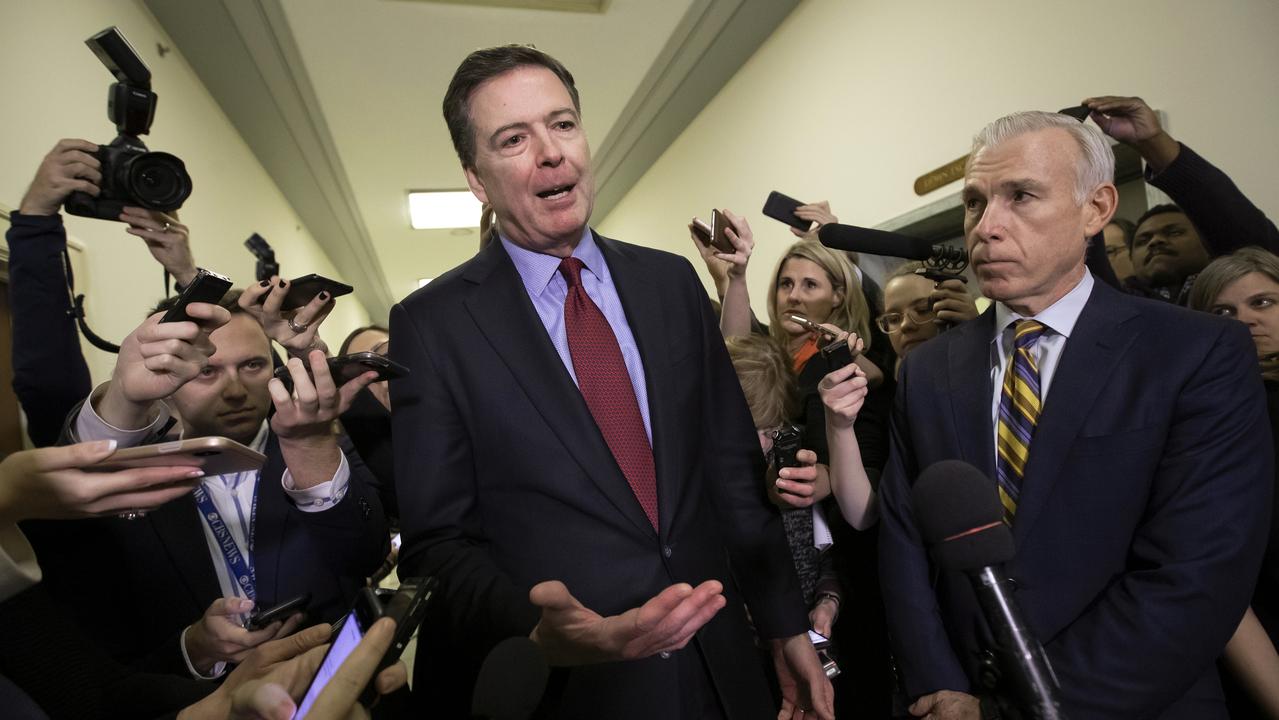
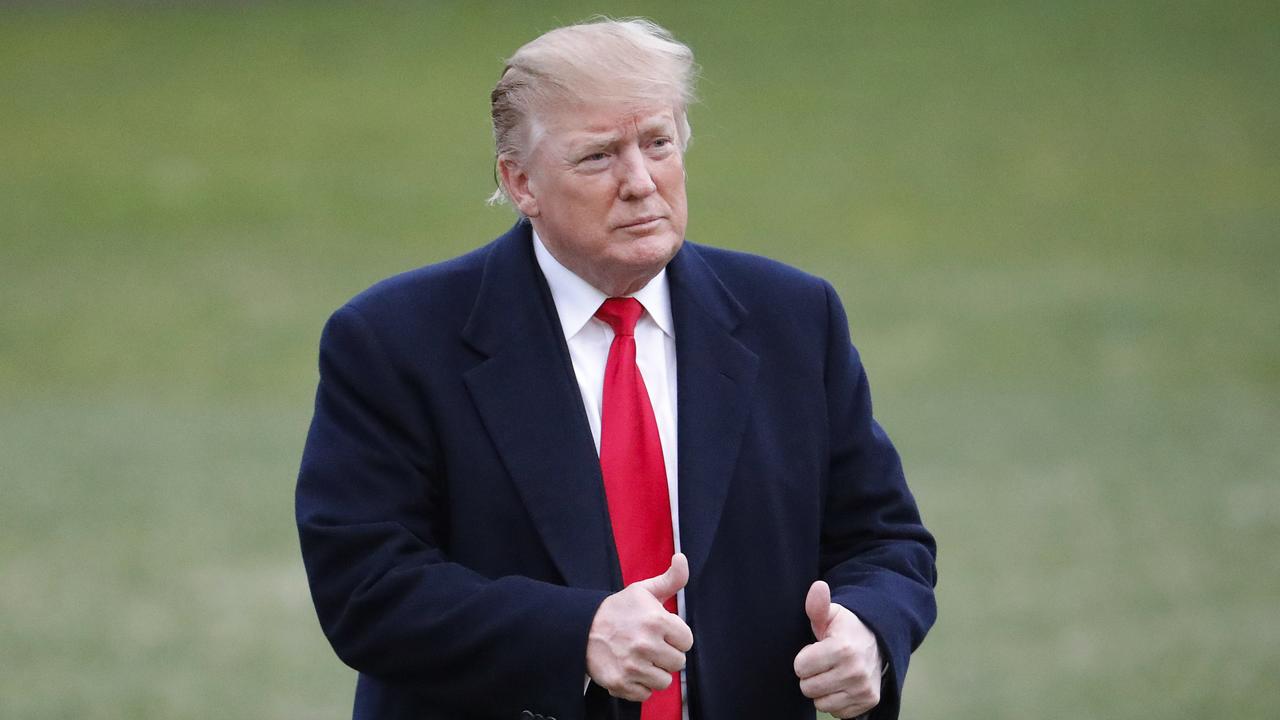
To join the conversation, please log in. Don't have an account? Register
Join the conversation, you are commenting as Logout